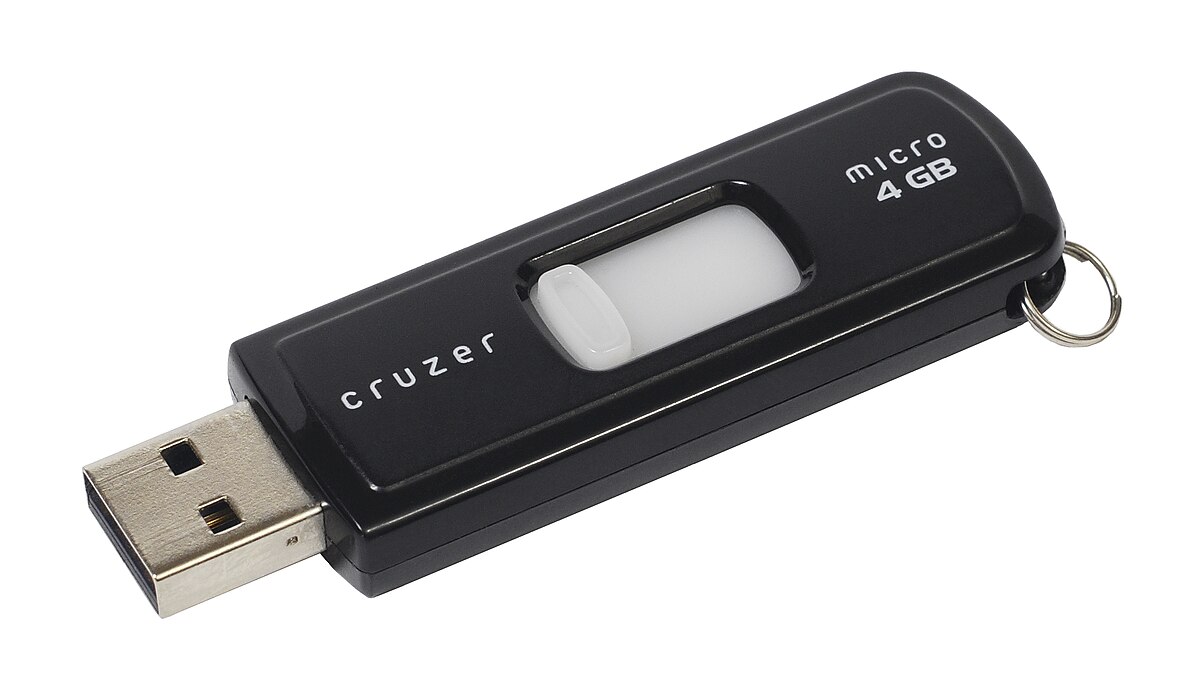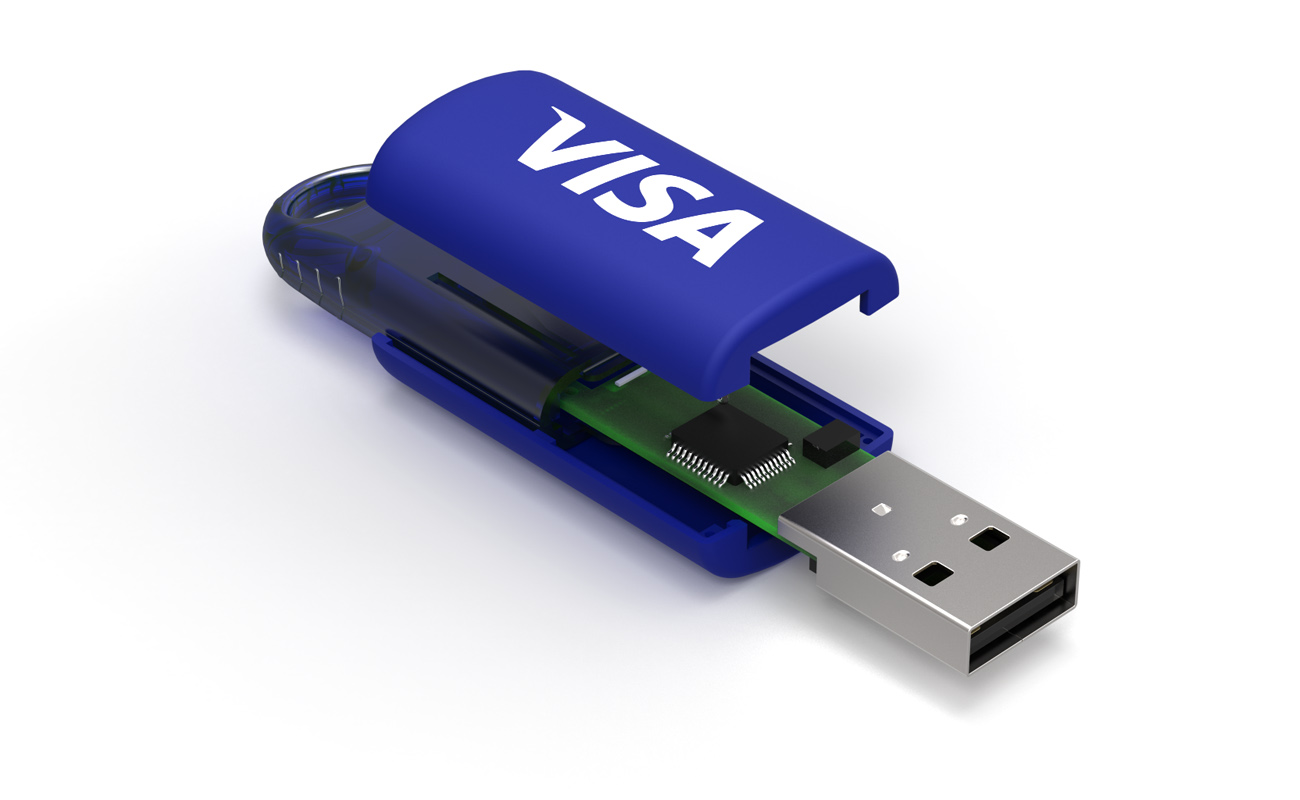Unlocking the secrets of USB flash drives’ read speeds: A comprehensive comparison to fuel your need for lightning-fast data transfers.
Understanding USB Flash Drive Speeds
When comparing USB flash drive read speeds, there are a few factors to consider. The speed of a flash drive is determined by its USB version, quality, and features. USB 3. 0 drives typically offer faster speeds than older versions. The model and quality of the drive also play a role.
In addition, the NAND flash memory and USB controller in the drive can affect speed. Look for markings or specifications that indicate the drive’s speed range. Keep in mind that write speeds may be slower than read speeds. Finally, consider your specific needs, such as file transfer speeds or loading a 10GB file, when choosing a USB flash drive.
Choosing a Fast USB Flash Drive
When selecting a USB flash drive, consider its Read Speed. This determines how quickly data can be accessed from the drive. Look for USB 3. 0 or USB 3.
1 models, as they offer faster transfer speeds than USB 2. 0. Pay attention to the Write Speed as well, especially if you frequently transfer large files. Look for models with high Write Speeds for quicker file transfers.
Consider reputable manufacturers like Lexar, SanDisk, and Emtec, who offer reliable and high-quality USB drives. Don’t forget to check the storage capacity and connector options to ensure compatibility with your devices.
Key Features to Consider in USB Flash Drives
- Read Speed: The speed at which data can be read from the USB flash drive is a crucial factor to consider. It determines how quickly you can access your files and transfer data.
- Storage Capacity: The amount of data that can be stored on the USB flash drive is another important feature to consider. Choose a drive with a capacity that suits your needs, whether it’s for personal or professional use.

- Compatibility: Ensure that the USB flash drive is compatible with the devices you intend to use it with. It should work seamlessly with different operating systems, including Windows, macOS, and Linux.
- Portability: USB flash drives are designed to be portable, but some models offer additional features that enhance their mobility, such as compact designs, keychain attachments, or protective casings.
- Durability: Consider the durability of the USB flash drive, especially if you plan to carry it around frequently. Look for features such as shock resistance, water resistance, and sturdy build quality to ensure your data remains safe.
- Security: Protecting your data is crucial, especially when using USB flash drives. Look for models that offer built-in encryption, password protection, or other security measures to keep your files secure.

- Transfer Speed: In addition to read speed, consider the transfer speed of the USB flash drive. A faster transfer speed will enable you to quickly and efficiently move files between devices.
- Price: Finally, consider the price of the USB flash drive. While it’s important to find a drive that meets your needs, it’s also essential to find one that fits within your budget. Compare prices and features to make an informed decision.
Factors to Evaluate When Selecting a USB Flash Drive
When selecting a USB flash drive, there are several factors to consider. First, determine the USB version you need, such as USB 3. 0 or USB 3. 1, to ensure faster file transfer speeds. Next, consider the storage capacity you require, such as 1TB or 128GB, based on your needs.
Look for reputable manufacturers like Lexar, SanDisk, or Emtec, known for their reliable USB quality and features. Pay attention to write speeds and read speeds, as faster speeds can significantly reduce load times. Don’t forget to check for the connector options available, such as micro USB or keychain connectors, to ensure compatibility with your device.
